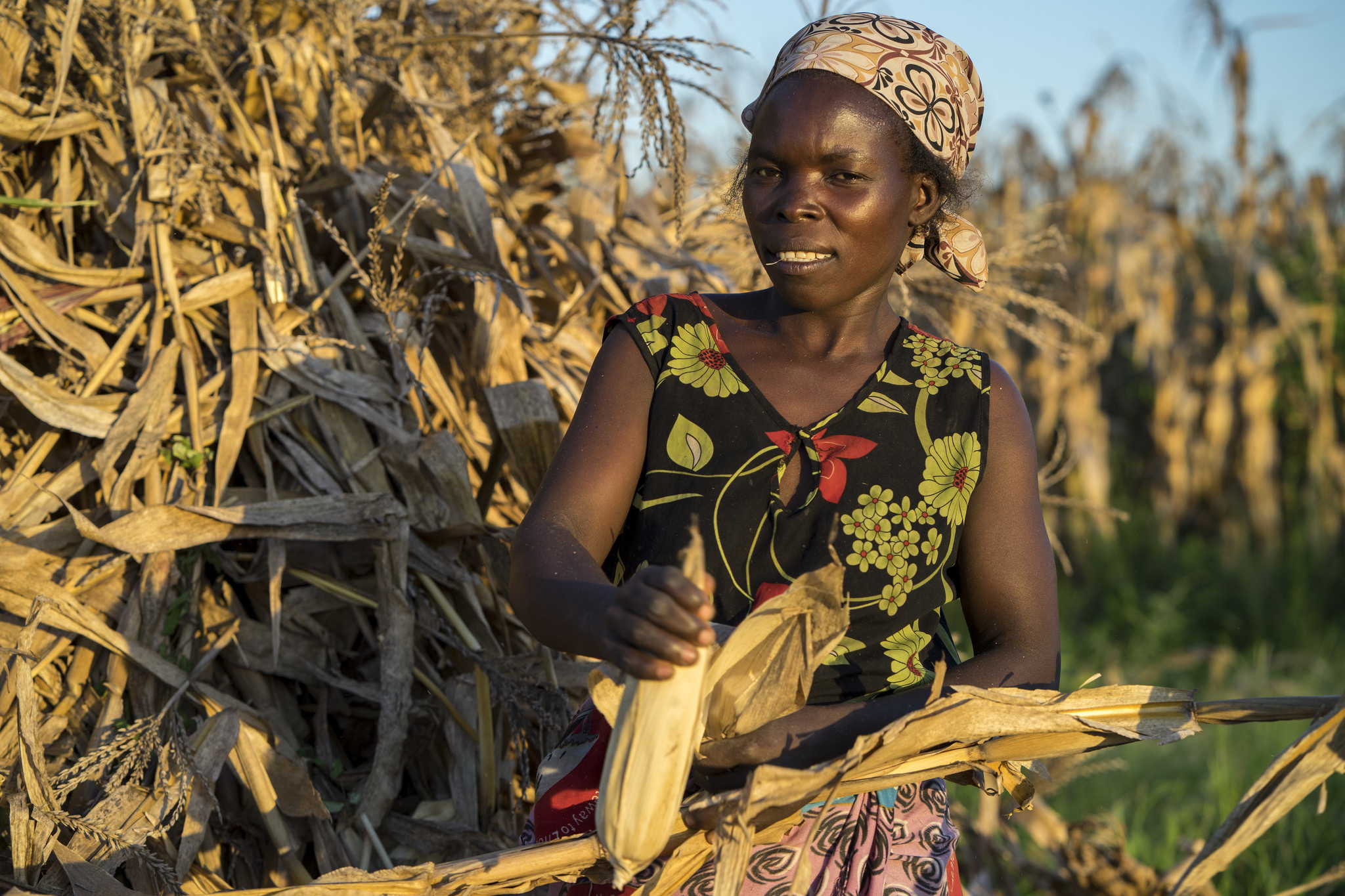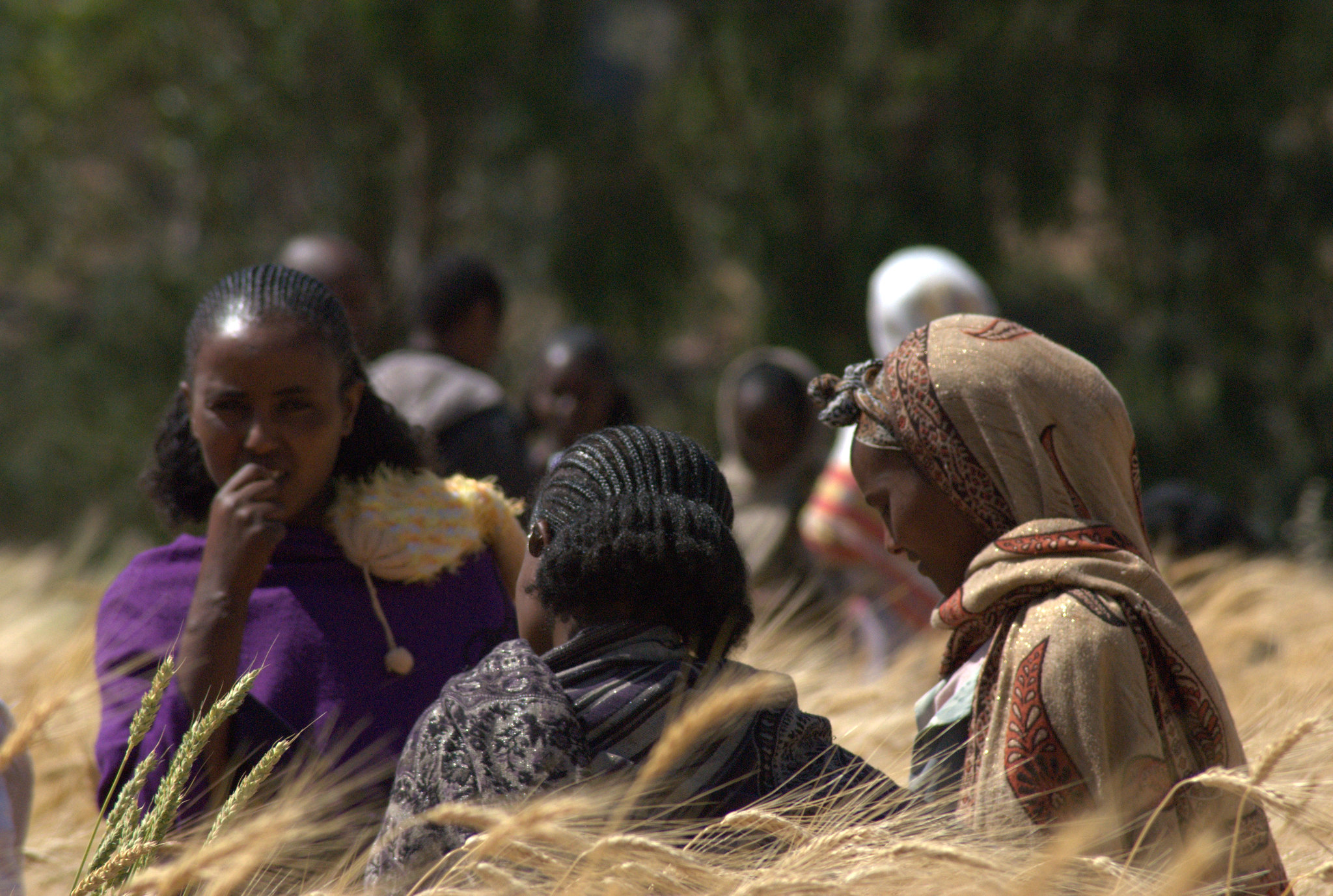Join us on this visual journey across Ethiopia, Kenya, Malawi and Zimbabwe, where you will meet farmers who demonstrate every day what it means to be RURAL: Resilient, United, Reaping benefits, Adopter and Learner.
These women have adopted climate-smart practices in their production systems to ensure optimal yields while learning about drought-tolerant varieties of maize to counter the harsh effects of dry spells, heat stress, pests and diseases. These rural women are exemplary leaders in their communities, as evidenced by their successful farming practices and the food and income they secure for their families.
R is for Resilient
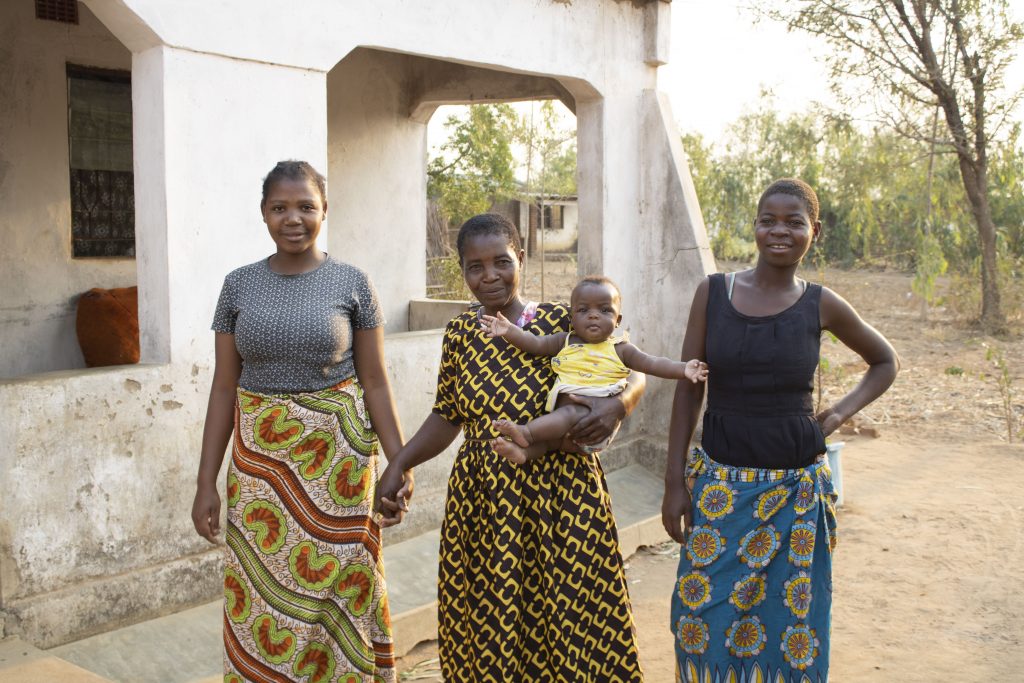
Farming families in southern Africa are confronted with the adverse effects of climate change, particularly in Malawi, Mozambique and Zimbabwe. A report by FEWS NET indicates negative impacts like declining yields, increase in grain prices during peak lean seasons and widespread food insecurity. However, Lughano Mwangonde from Malula, southern Malawi, has been practicing climate-smart agriculture since 2004 through a CIMMYT project, which has improved the food security of her family. In the midst of increasing climate variability, Lughano is cushioned against the harsh effects of droughts and heavy downpours through the practices she adopted. For example, she uses crop rotation of maize and legumes, like cowpea and pigeon pea.
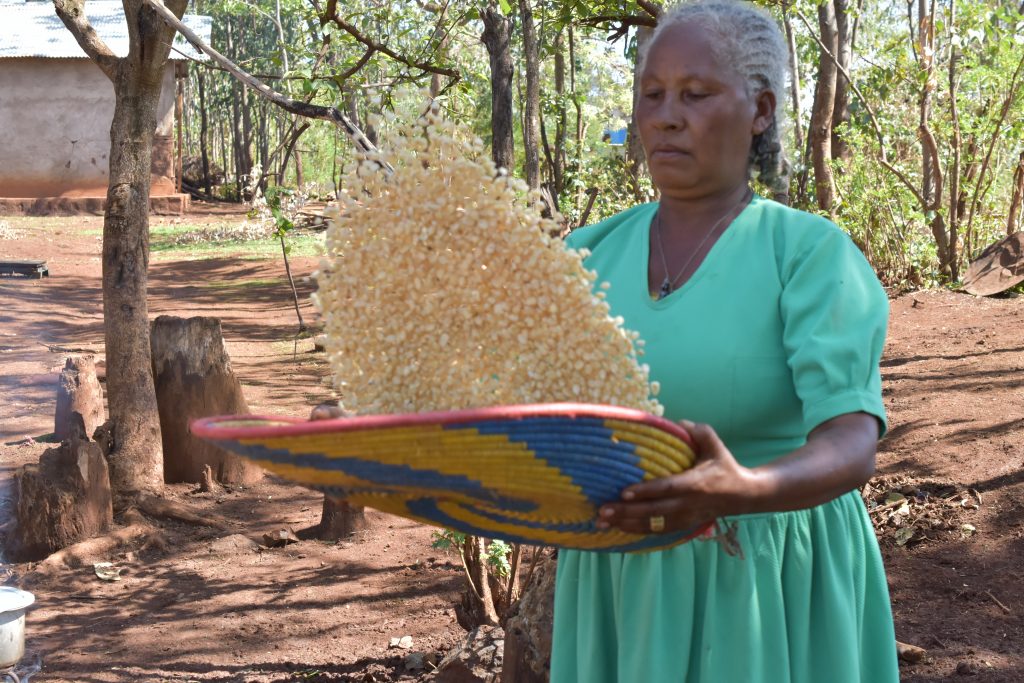
Climate change affects men and women differently. Rural women farmers tend to be more susceptible to drought and the additional labor associated with household tasks. As such, building resilience against climate change is critical. For Sequare Regassa, in Ethiopia’s Oromia region, this means shifting to drought-tolerant maize varieties such as BH661, which have better performance and increased yield, even under heat and other stress conditions.
U is for United
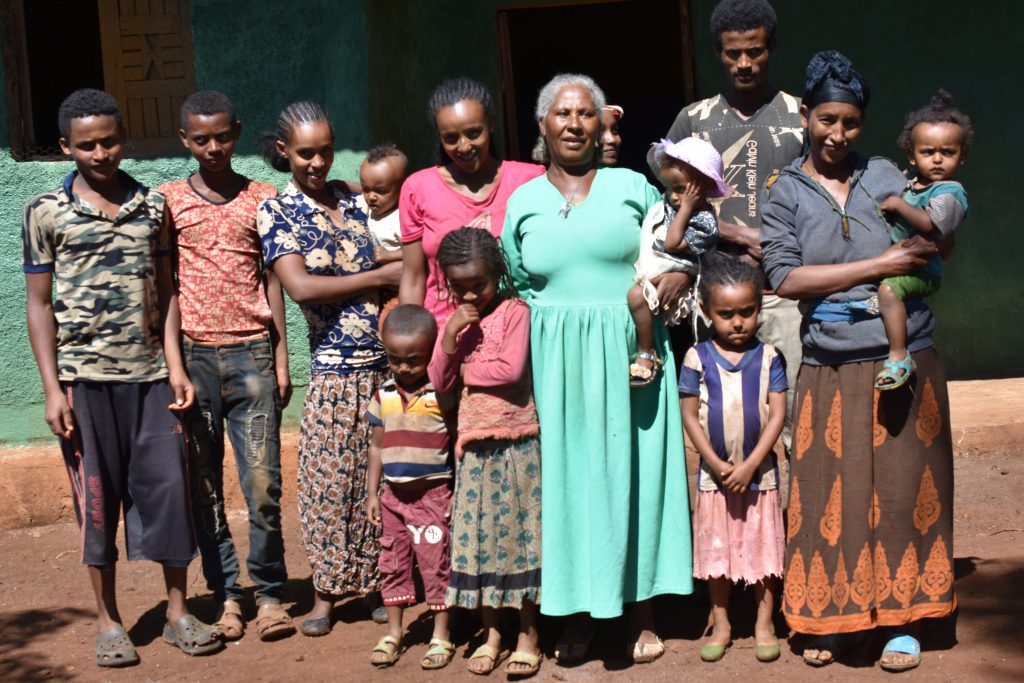
Sequare Regassa is the family’s breadwinner, looking after her four children and working closely with her extended family on their 8-hectare farm in Ethiopia’s Oromia region. “Getting a good maize harvest every year, even when it does not rain much, is important for my family’s welfare,” she says. Although her children are now grown and living with their own families, the family farm unites them all in producing adequate grain to feed themselves. Read more about how Regassa and other farmers are weatherproofing their livelihoods.
R is for Reaping benefits
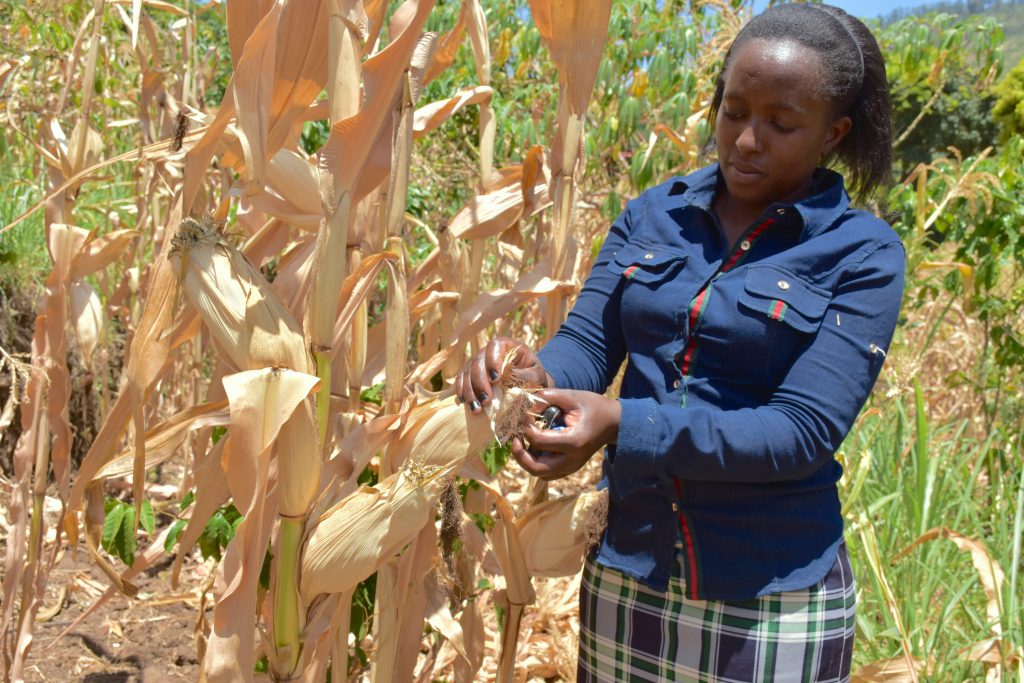
Rural women farmers are taking up improved drought-tolerant and high yielding varieties with early maturity thanks to participatory maize varietal selection. “If I am able to harvest in three and a half months or less, compared to four months or more for other varieties, I can sell some grain to neighbors still awaiting their harvest who want to feed their families,” says Tabitha Kamau. She is a smallholder farmer in Machakos County, Kenya, who plants drought-tolerant maize on her plot. Read about how farmers in her area are choosing the varieties that work best for them.
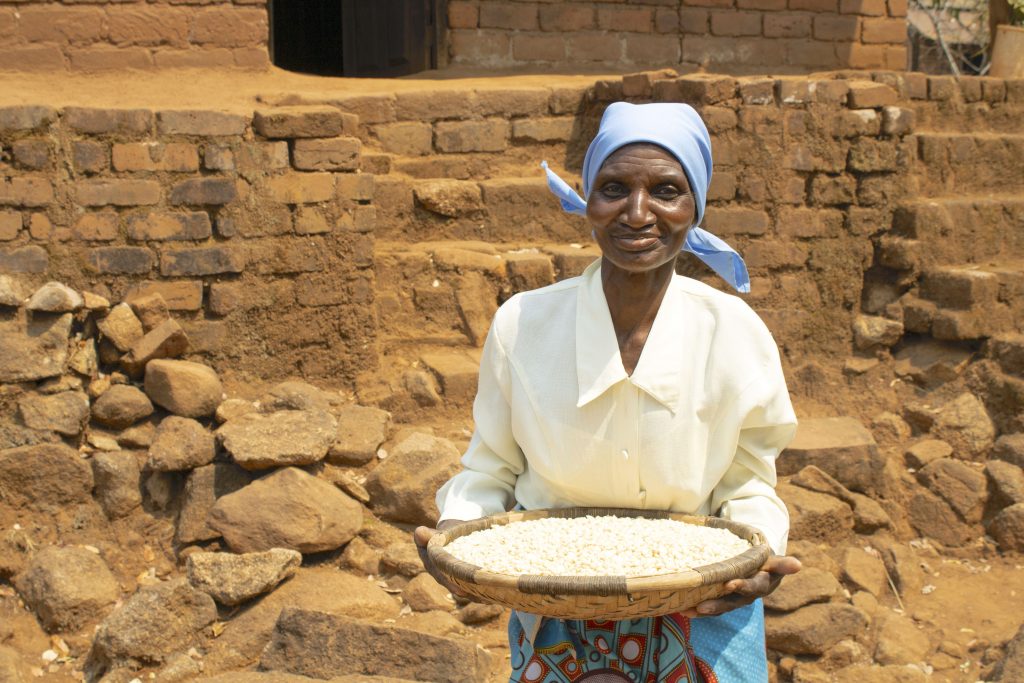
Rose Aufi explains how her family of seven children and three grandchildren are food-secure thanks to the climate-smart agriculture techniques she practices on her farm in Matandika, southern Malawi. She and her husband have obtained a good harvest since they started participating in a CIMMYT project and adopted climate-smart agricultural practices. Aufi says technologies such as mulching and crop rotation are there to simplify the workload in the field.
A is for Adopter
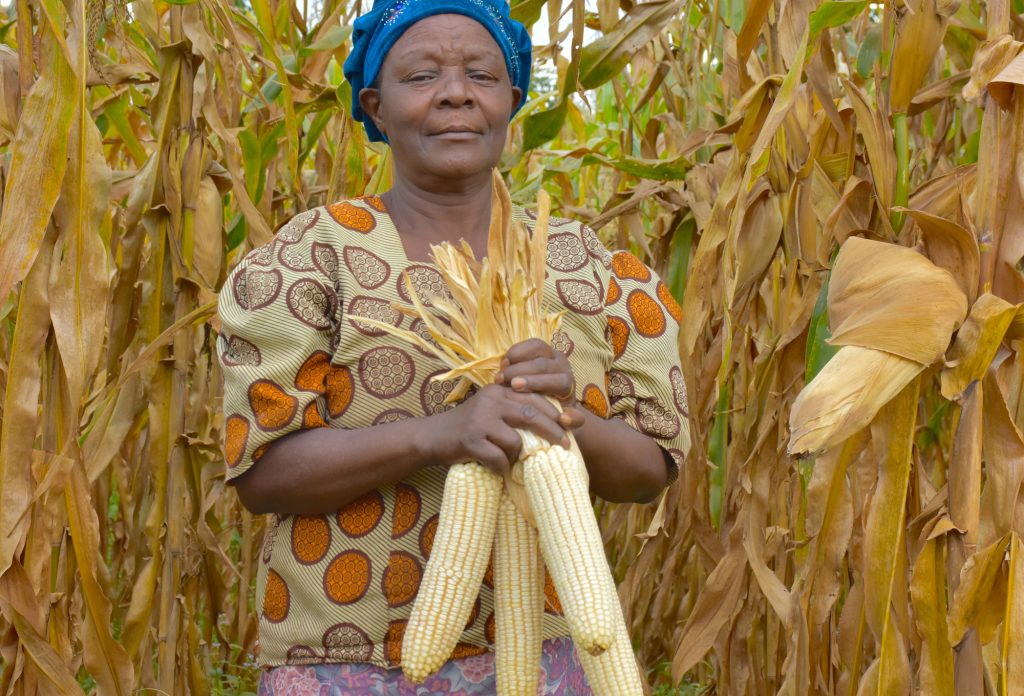
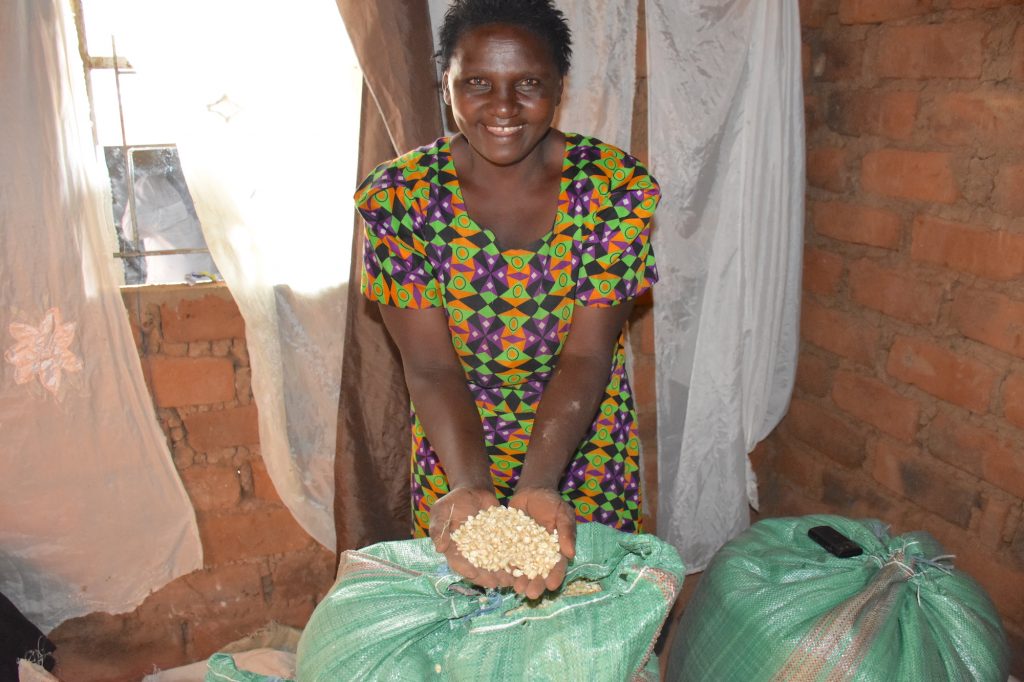
Dolly Muatha, a 49-year-old farmer with four children in Kenya’s Makueni County, has been growing SAWA drought-tolerant maize for three years. She has witnessed the performance of this variety in her demo plot. “It matures early and yields two to three beautiful cobs per plant” she says.
L is for Learner
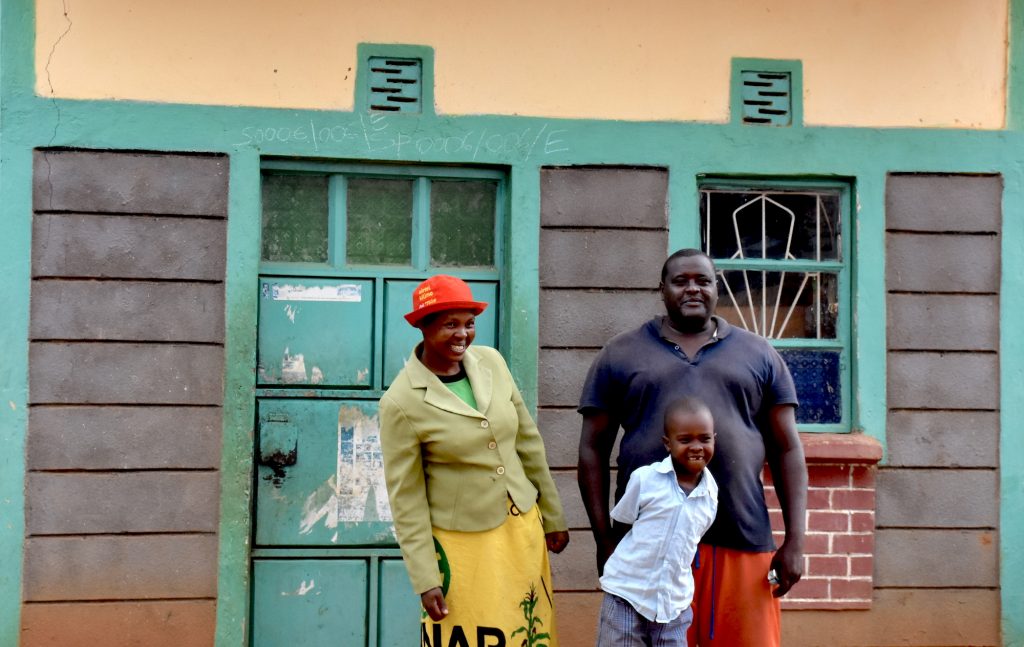
Ruth Kanini Somba adopted SAWA maize in 2017 after seeing a demonstration plot at Dolly Muatha’s farm. She points out that SAWA performs better than other varieties because of its early maturity and resistance to grey leaf spot and weevils. The drought-tolerant attribute of the SAWA maize also makes the maize crop cope well when rainfall is erratic.
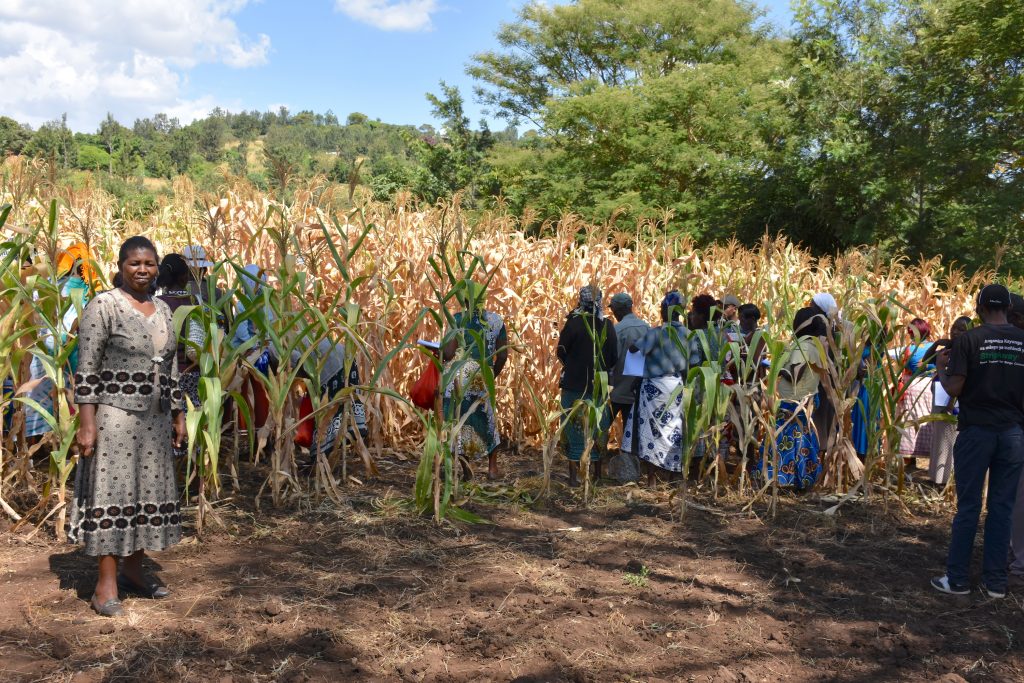
Improved agricultural techniques, such as optimum spacing, enables farmers such as Agnes Nthambi to get better crops. This farmer from Kenya’s Machakos County hosted a demonstration plot she and other farmers in her area were able to learn new growing techniques. “On this trial, I learned that spacing was about two times shorter than we are generally used to. Even with the more constricted spacing, the maize has performed much better than what we are used to seeing,” Nthambi explained.
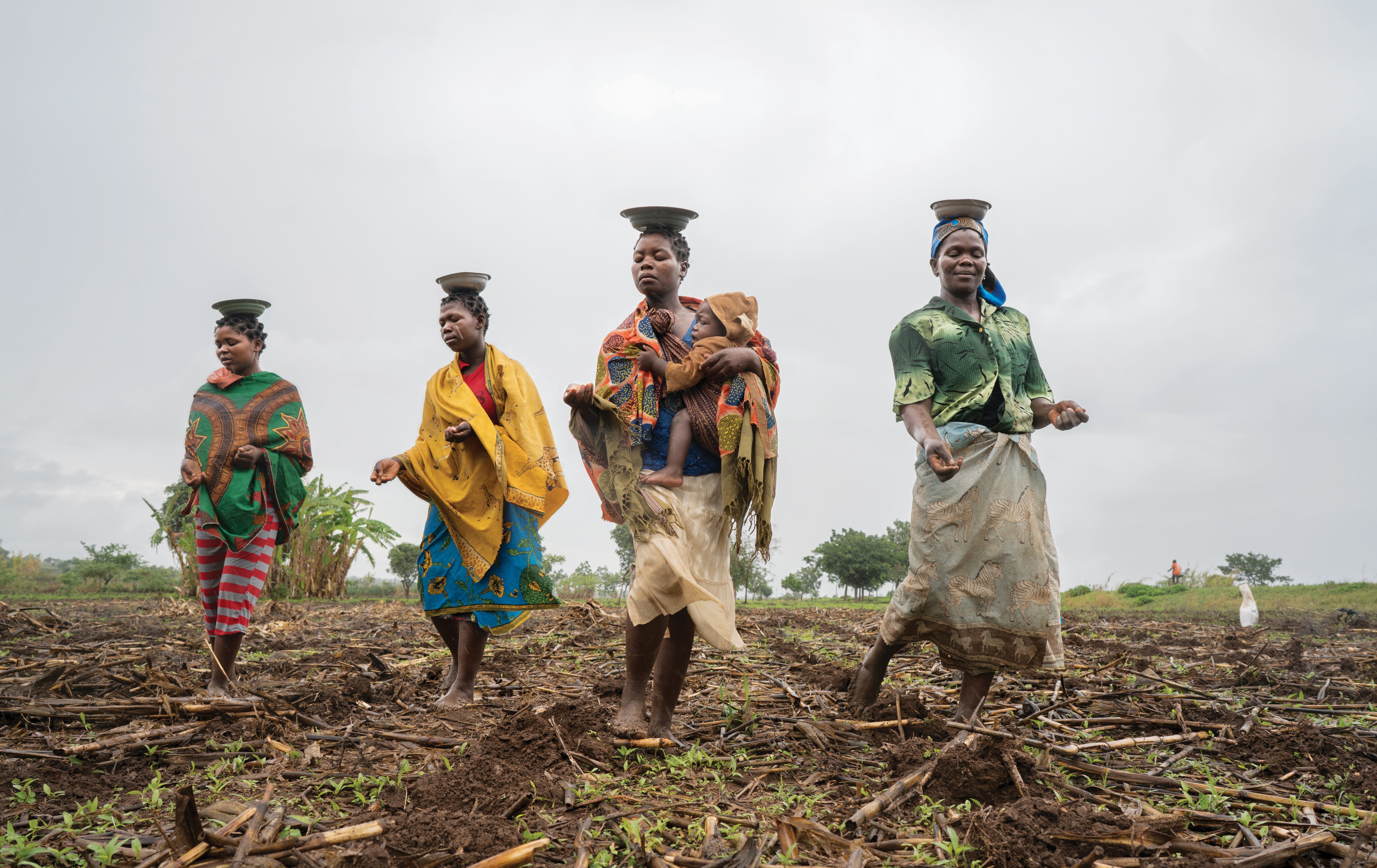
 Climate adaptation and mitigation
Climate adaptation and mitigation 